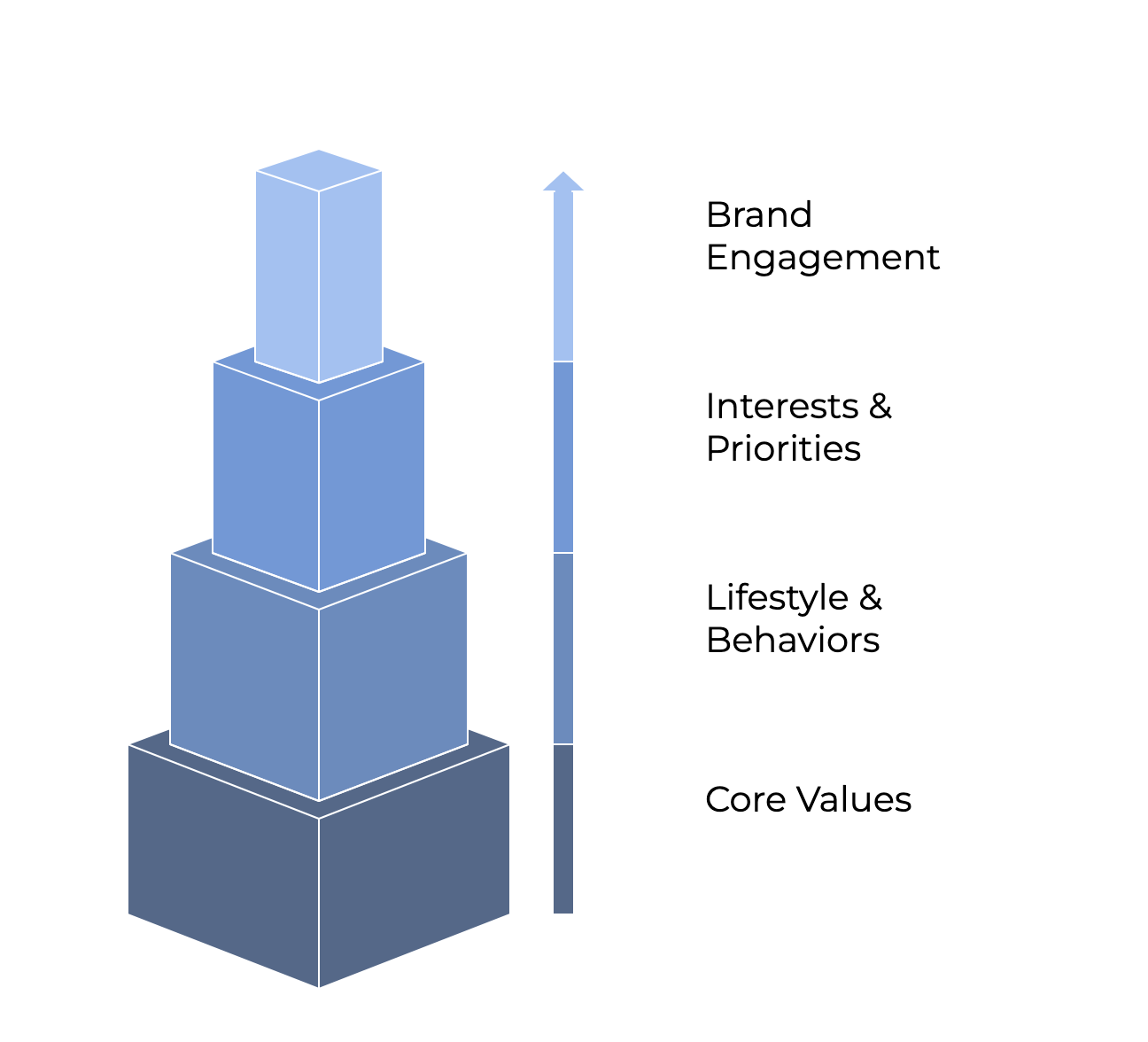DIGITAL STRATEGY - P02
Relevancy in the Digital Age
-
A leading automotive and lifestyle company sought to assess its digital presence, cataloging its existing digital products, analyzing emerging technologies, and identifying strategies to stay relevant with younger, digitally native generations. By understanding these key factors, the company aimed to define its digital strategy parameters and explore new industry expansion opportunities for long-term growth.
-
Served as UX researcher and UX designer.
Skills used: persona writing, user journey writing, audit writing, visual design, UX design
-
Details, visuals, and real data cannot be shared due to confidentiality restrictions.
Project Structure
Digital Audit — A comprehensive review of all digital touch-points, including product-related apps, lifestyle apps, websites, dealership platforms, social initiatives, and forums. The audit highlights the utility, audience groups, and relevance of each product.
Technology Audit — An analysis of emerging technologies, examining their use cases, strengths, weaknesses, and risks—as well as industry investment trends. The audit culminates in a technology timeline, mapping potential innovations and future opportunities.
Consumer & Audience Study — A deep dive into generational behaviors, exploring shared values, subcultures, and consumer habits. This study assesses how these factors shape digital interactions and engagement with the client’s existing and potential future platforms.
Visualization — A compelling visual presentation that distills key findings into a strategic narrative, positioning the target audience at the center of the client’s future digital strategy.
Navigating Technological Evolution
As innovations continue to shape industries, a key question emerges—how much further can existing technologies advance, and what breakthroughs will eventually disrupt or replace them? This uncertainty poses challenges for companies seeking to maintain relevance, preserve their legacy, and engage consumers in a rapidly evolving digital landscape.
Our research prioritized a responsible approach to forecasting technology trends, acknowledging the inherent unpredictability of innovation based on the historical shifts in technological progress.
The research explored advancements across a range of technologies—some grounded in practicality, like improvements in file storage and data security, while others leaned toward visionary concepts, such as holograms and their potential applications. This mix of familiar and forward-thinking ideas helped shape discussions about what’s possible in the near and distant future.
To bring these insights to life, the team designed an interactive technology timeline that showcased potential breakthroughs in a clear and engaging way. This allowed stakeholders to visualize emerging possibilities and consider how different innovations could influence their long-term strategy.
Understanding Future Generations
To gain insight into generational behaviors, values, and motivations, the team conducted secondary research, analyzing studies, articles, and expert perspectives from sociologists, historians, and marketing specialists.
This research explored how generational attitudes manifest across different facets of life, shaping their interactions with brands and their digital touch-points.
Using UX research methodologies, the team developed highly detailed user personas, crafting narratives that spanned entire lifetimes—from childhood experiences with products to evolving preferences through adolescence, adulthood, and retirement. These personas examined:
Life outlook and core values
Key interests and priorities
Lifestyle patterns and purchasing behaviors
Brand engagement—both present and future potential
Creating a Compelling Narrative
After sharing numerous exploratory and data-driven presentations with the client to track progress, the team finally transitioned into the visual design phase for the stakeholder presentation. The goal was to create an engaging and immersive experience, blending innovation with storytelling.
The team developed a multi-dimensional experience that combined:
A large-format mural-sized poster, depicting a visionary future world in a whimsical, visually striking aesthetic, inspired by the company’s recent projects.
An augmented reality (AR) component, allowing stakeholders and attendees to scan different sections of the poster with their phones to unlock additional information, seamlessly layered over the physical display.
This approach transformed the presentation from a standard report into a dynamic, interactive journey, reinforcing the company's commitment to innovation and future-forward thinking.




